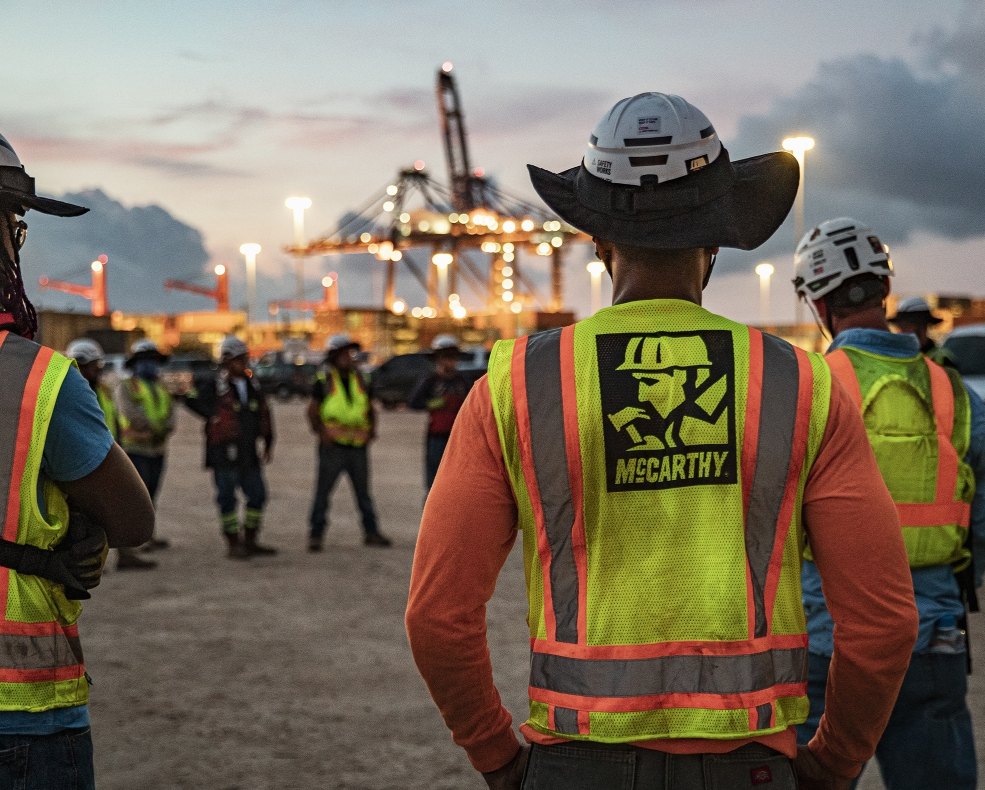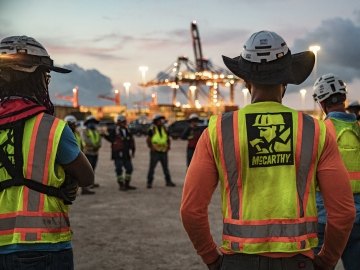Built to Deliver: How Progressive Design-Build Keeps Projects on Course
Progressive design-build is redefining project delivery by uniting owners, designers, and builders early in the process to drive collaboration, cost certainty, and smarter decision-making from concept to completion.
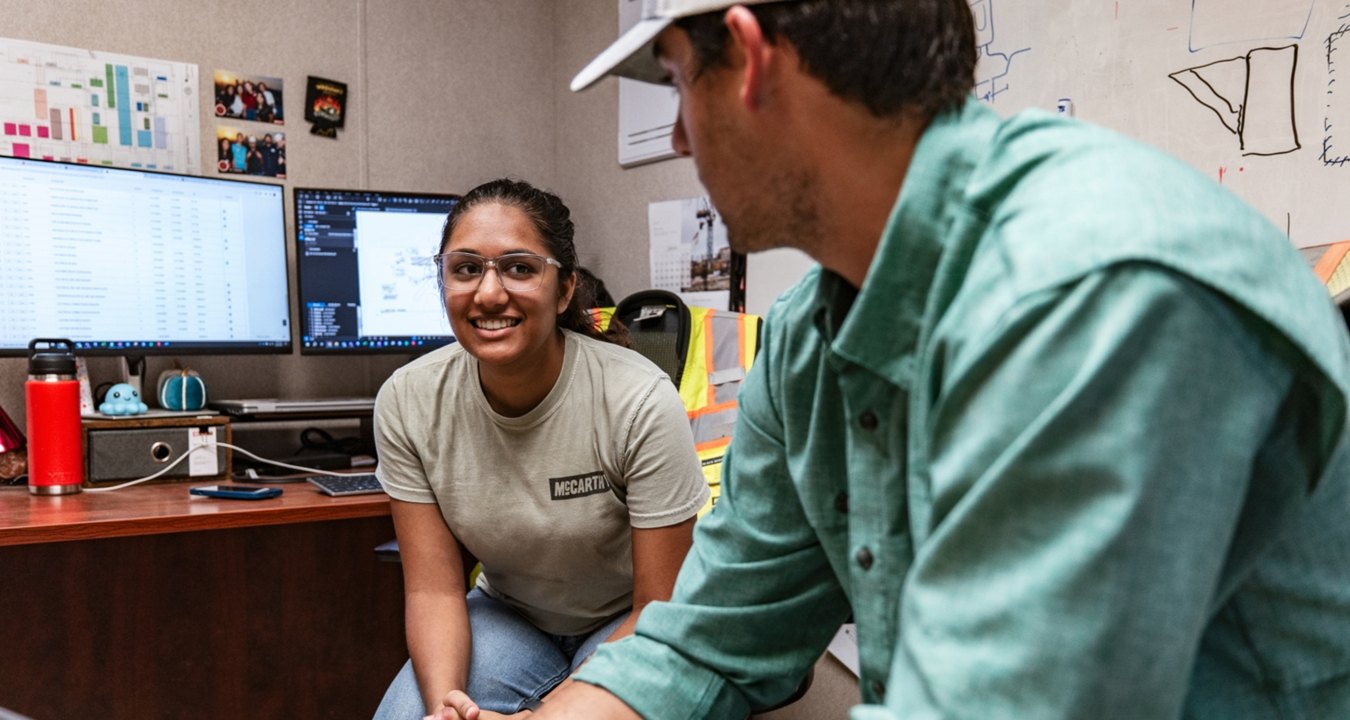
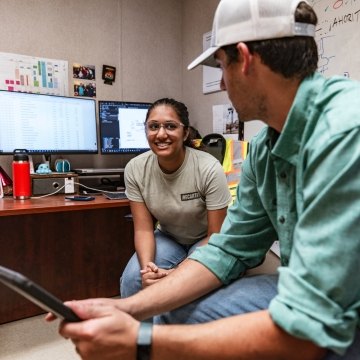
Across the U.S., progressive design-build continues to gain momentum as an effective framework for delivering complex projects with greater efficiency, collaboration and cost certainty.
Unlike traditional delivery methods that separate design and construction into distinct silos, progressive design-build brings owners, designers and builders together from the start — fostering trust, transparency and alignment around shared goals. This collaborative approach allows teams to advance the design and budget in tandem, make better-informed, real-time decisions, and adapt to evolving project needs.
Understanding Progressive Design-Build
Unlike the traditional method of completing projects through individual contracts with an architect and a builder, design-build combines design and construction services as a single entity. The goal is to harness the expertise of all team members to maximize efficiency, reduce waste and optimize results through all phases of a building project.
What’s unique about the progressive design-build approach is the selection of the team before the final price is set, allowing the owner to engage the design-build team early on and progress toward a design and contract price together.
The progressive design-build method continues to gain momentum across the U.S. as building owners seek more collaborative, flexible approaches to project delivery that maintain cost and schedule certainty while allowing for greater owner involvement in the design process.
BJC HealthCare considered several potential delivery methods before deciding to structure its new 16-story patient care tower at Barnes-Jewish Hospital using a progressive design-build contracting model.
Positioned on a bustling medical campus and adjacent to one of St. Louis' busiest intersections, the 660,000-square-foot Plaza West Tower involved formidable logistical and programmatic challenges. The project represented BJC’s first use of progressive design-build on a large-scale building and ranks among one of the largest healthcare design-build projects ever constructed in the Midwest.
Here are five distinct advantages that progressive design-build brings to owners, design and construction teams, and other stakeholders overseeing diverse projects throughout the U.S.
1. Active owner involvement
A priority for BJC was to stay actively engaged during every phase of the design and construction process.
During weekly core team meetings, BJC team members collaborated alongside McCarthy and design partner CannonDesign to address ongoing project challenges while ensuring the project remained on track from a budget and schedule standpoint.
BJC also participated in several functional teams focused on individual project components, including the building exterior and closure, structural system, interior finishes/clinical planning and site/civil landscaping.
In reflecting on the project’s success, BJC team members credit those functional team meetings as vital opportunities for providing valuable input throughout each phase.
2. Accelerated decision-making
For large, complex organizations like BJC, decision-making can be cumbersome, particularly when navigating the early decisions that shape a project.
Our design-build team’s ability to provide real-time cost impacts of these important decisions — from a potential roadway relocation to a proposed increase in elevator capacity — helped BJC make informed choices.
To guide the most complex decisions, our team implemented Choosing by Advantages (CBA), a structured Lean construction process that helps project teams make smart choices by focusing on the advantages each alternative offers to stakeholders. The efficiency of this process equipped BJC to reach important decisions quickly and confidently.
Ultimately, the efficiency made possible by progressive design-build prompted BJC to accelerate Phase 4 of its Campus Renewal master plan by combining two project phases into a single phase, accelerating completion of that master plan by 12 months.
3. Early alignment of design and budget
On the West Coast, another project reaping the benefits of progressive design-build is the UC Davis California Tower, a new 950,000-square-foot, 352-bed patient tower currently under construction in Sacramento.
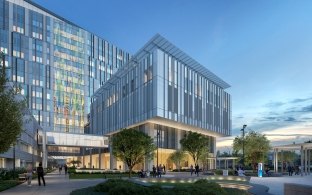
Before the project broke ground in July 2024, McCarthy and design partner SmithGroup initiated a four-month validation process that uncovered a sobering reality: the project was about $180 million over the target budget. Rather than triggering a series of disputes and finger-pointing, the discovery prompted the creation of “The Swarm,” an immersive 10-day collaborative session that brought together all stakeholders to solve the issue together in real time.
Working shoulder to shoulder, team members modified the project scope while adjusting the design and building footprint to avoid major utility reroutes. They worked collaboratively through a host of issues, building consensus around each decision.
Under a traditional delivery method, these budget issues probably wouldn't have surfaced until construction was already underway and the available options would have been limited, time-consuming and expensive.
The Swarm experience continues to yield benefits as the design-build team progresses toward a projected project completion in June 2030.
4. Flexibility to accommodate scope changes
At the University of Arizona, progressive design-build has been the predominant project delivery method since the early 2000s.
When funding uncertainties and leadership changes led to a temporary pause of its new advanced research building in 2024, the design-build team quickly pivoted to explore multiple alternative paths forward.
McCarthy and SmithGroup team members rapidly modeled and assessed several potential scenarios, including various building configurations and interior build-out options.
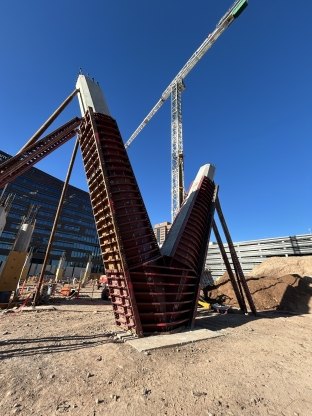
Throughout this process, the team’s established relationships with individuals at all levels of the university fostered trust and transparency, enabling everyone to adapt quickly while maintaining alignment on the cost implications of each alternative.
Despite the unforeseen delay and subsequent scope adjustments, the project remains on track to meet its original completion target of November 2027.
5. Trust and transparency
Anyone who has overseen or contributed to a building project understands that success hinges on more than technical expertise. It requires ongoing trust and transparency among all stakeholders.
Progressive design-build creates a foundation for both by establishing the owner, designer and builder as equal partners from day one. It’s a collaborative framework that encourages open dialogue about every aspect of a project, including budget realities, contingency planning and ongoing challenges.
This balanced approach creates an environment where all team members contribute to major decisions and are encouraged to discuss issues without fear of adversarial relationships or blame.
For owners, this translates to peace of mind that a project is in the most skilled and capable hands — from early planning and design through closeout and occupancy. As a result, everyone can share in the successes that will be celebrated for decades to come.
About the Author
Mike Stapf serves as Senior Vice President of Design Integration and Healthcare Market Leader for the McCarthy Building Companies. Inc. Central Region, bringing more than 25 years of experience in leading preconstruction and design integration for complex healthcare projects nationwide. He is recognized for his expertise in early-phase collaboration, conceptual estimating, and the integration of Virtual Design and Construction technologies to drive project certainty and value. Mike played a pivotal role in the successful delivery of major facilities, including the BJC HealthCare Campus Renewal, the Mercy Joplin Replacement Hospital and the Veterans Affairs Medical Center in New Orleans. A LEED Accredited Professional and Designated Design-Build Professional, Mike holds a B.S. in Construction Management from Southern Illinois University, Edwardsville, and is dedicated to advancing innovation, cost certainty and collaborative solutions in the built environment.


